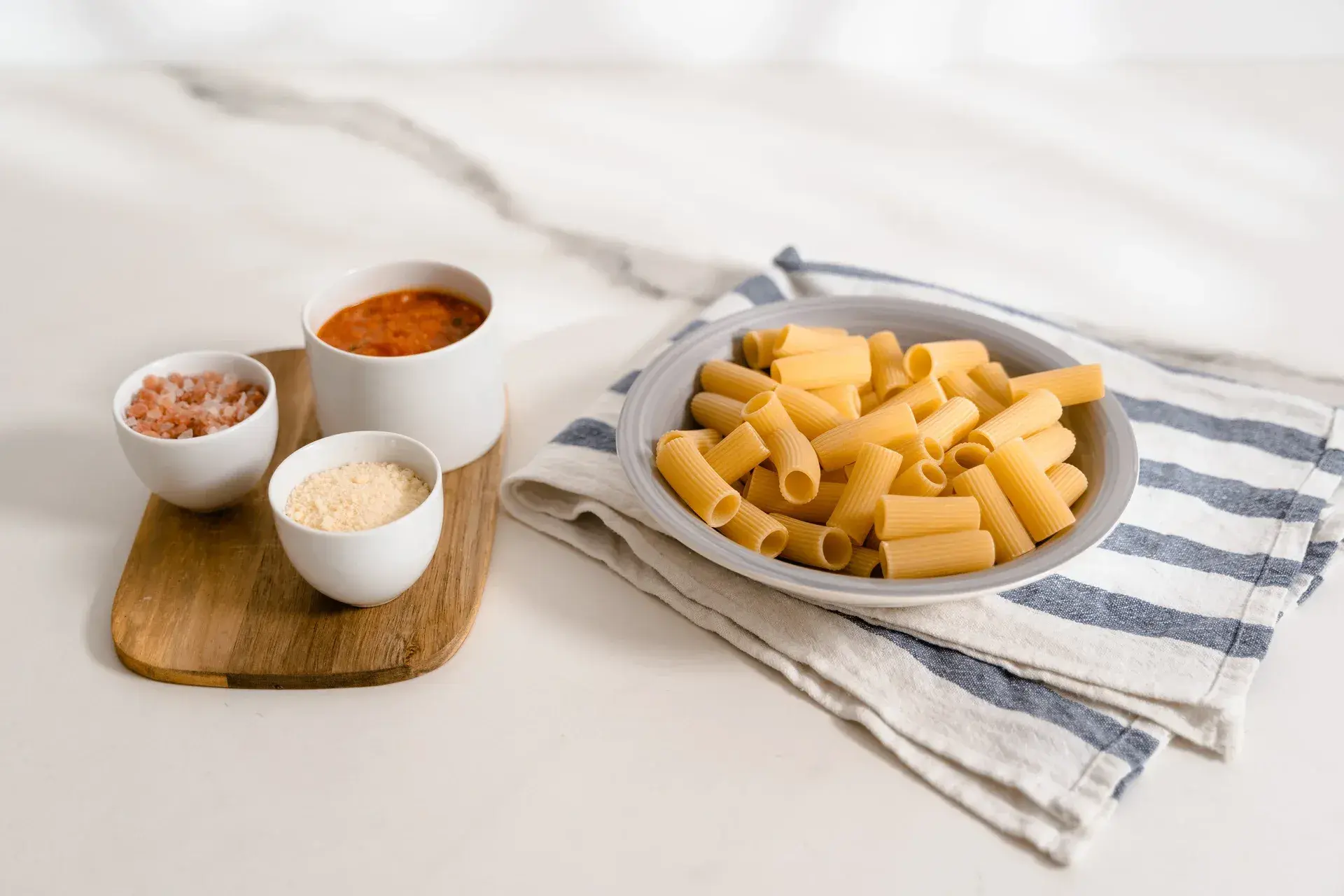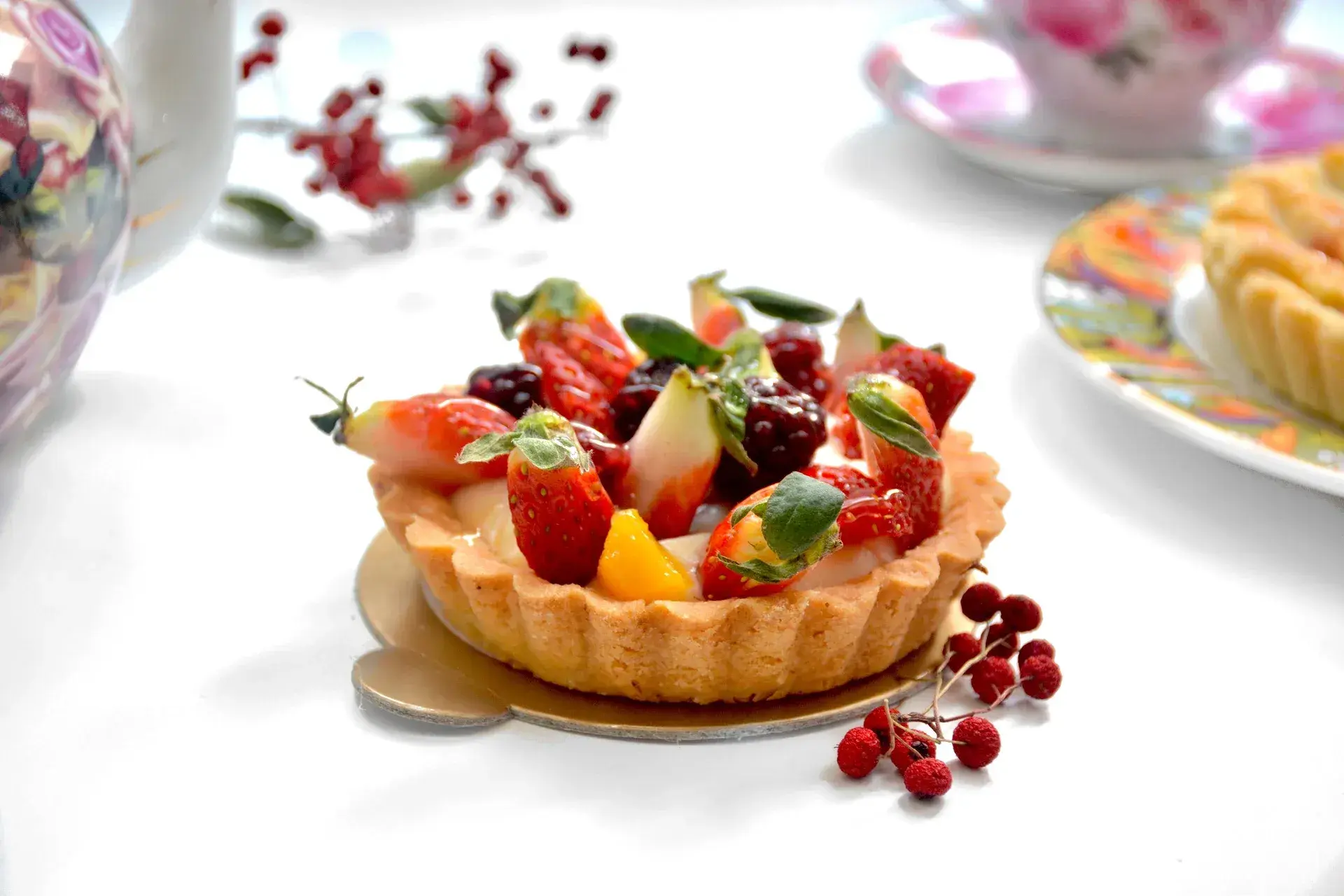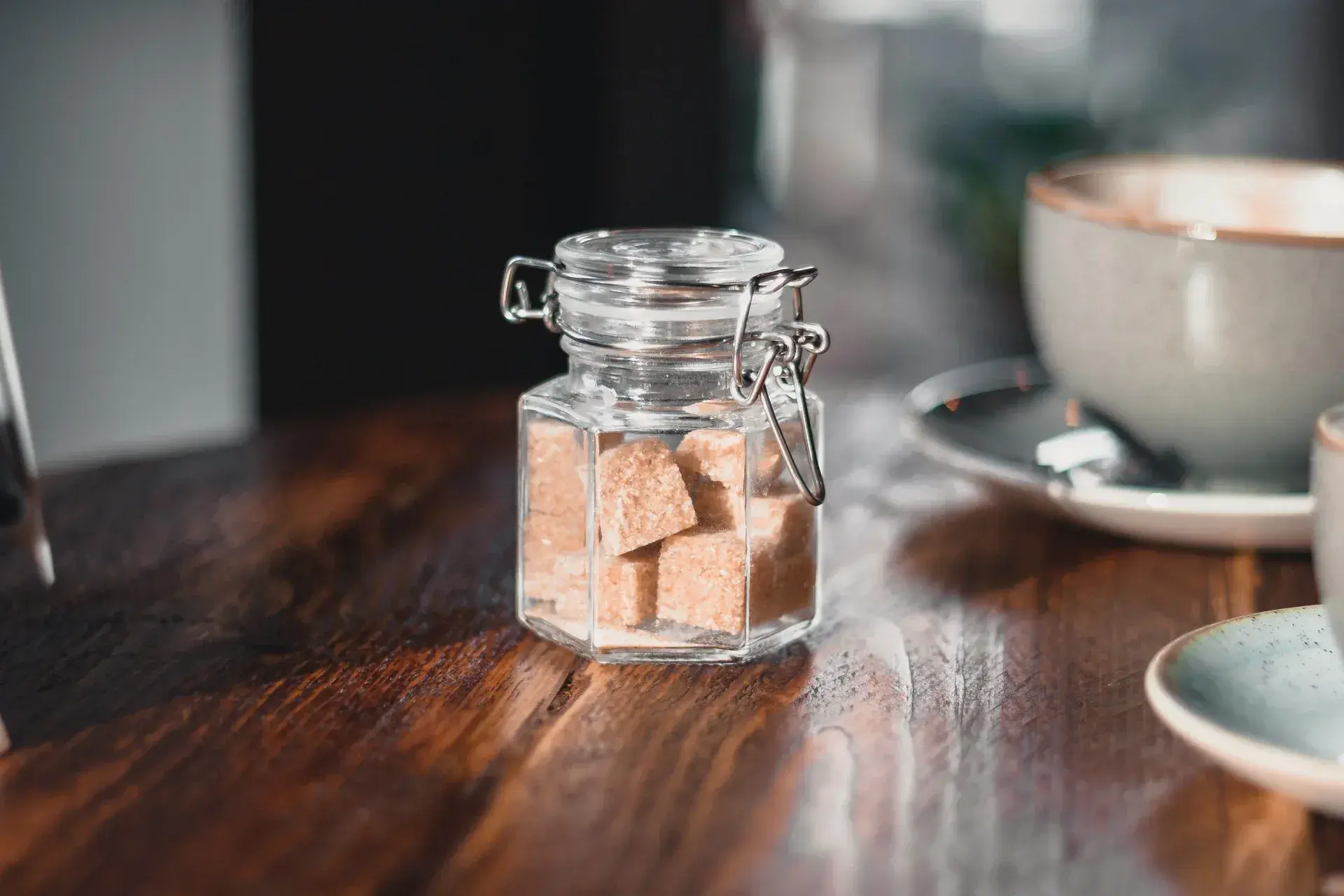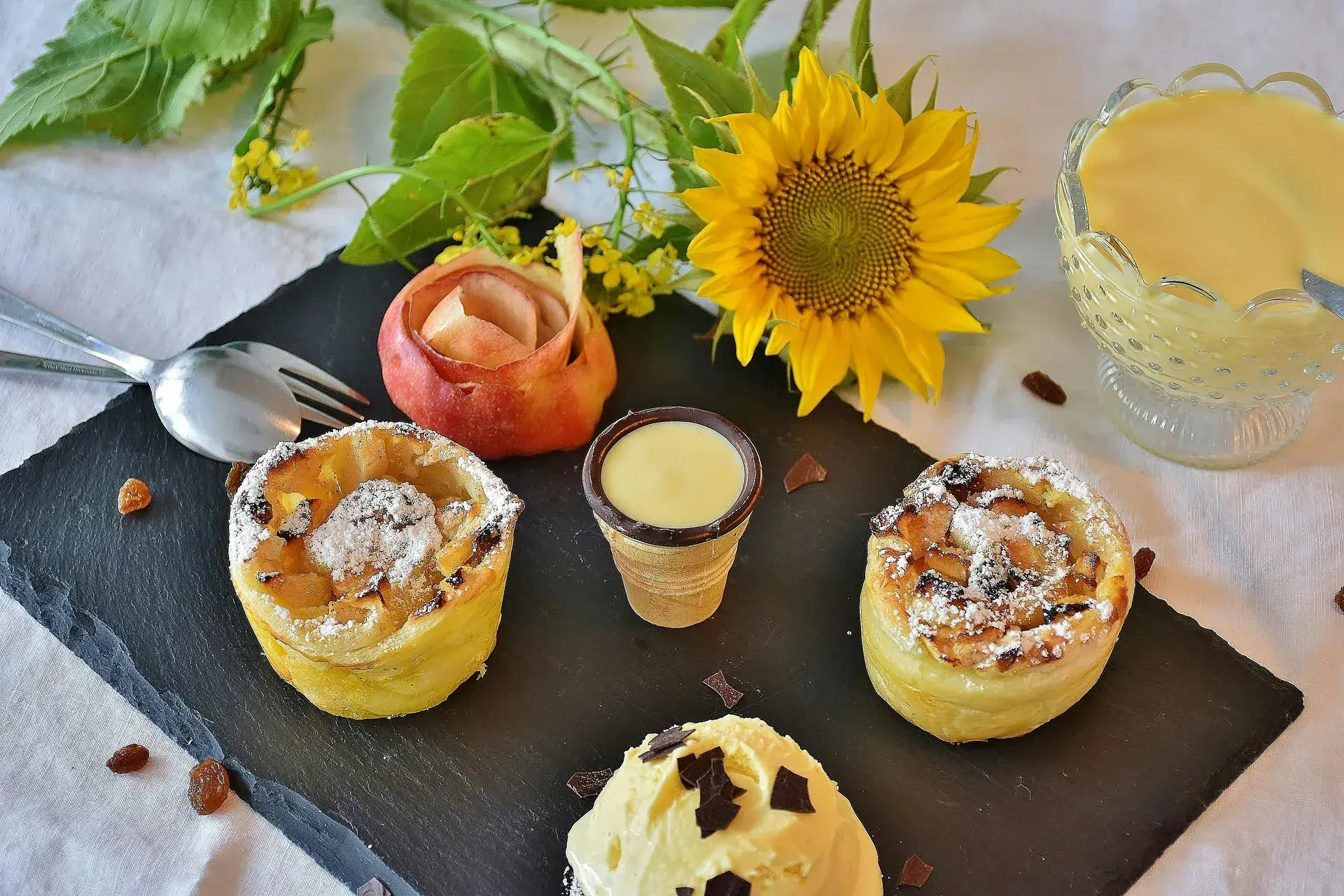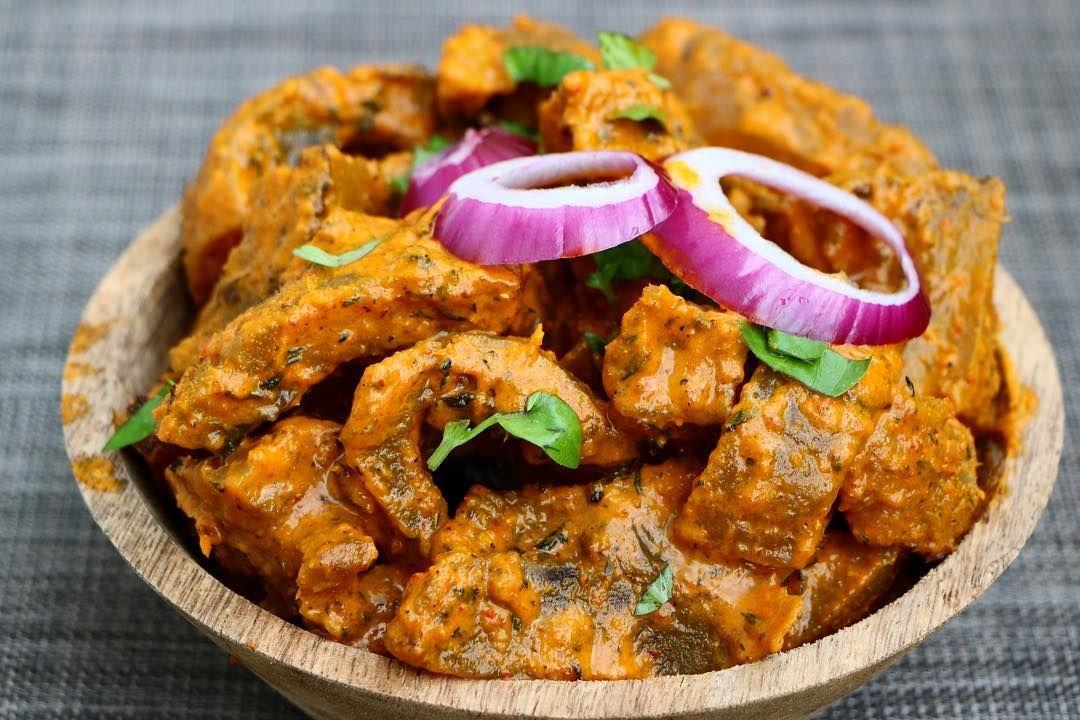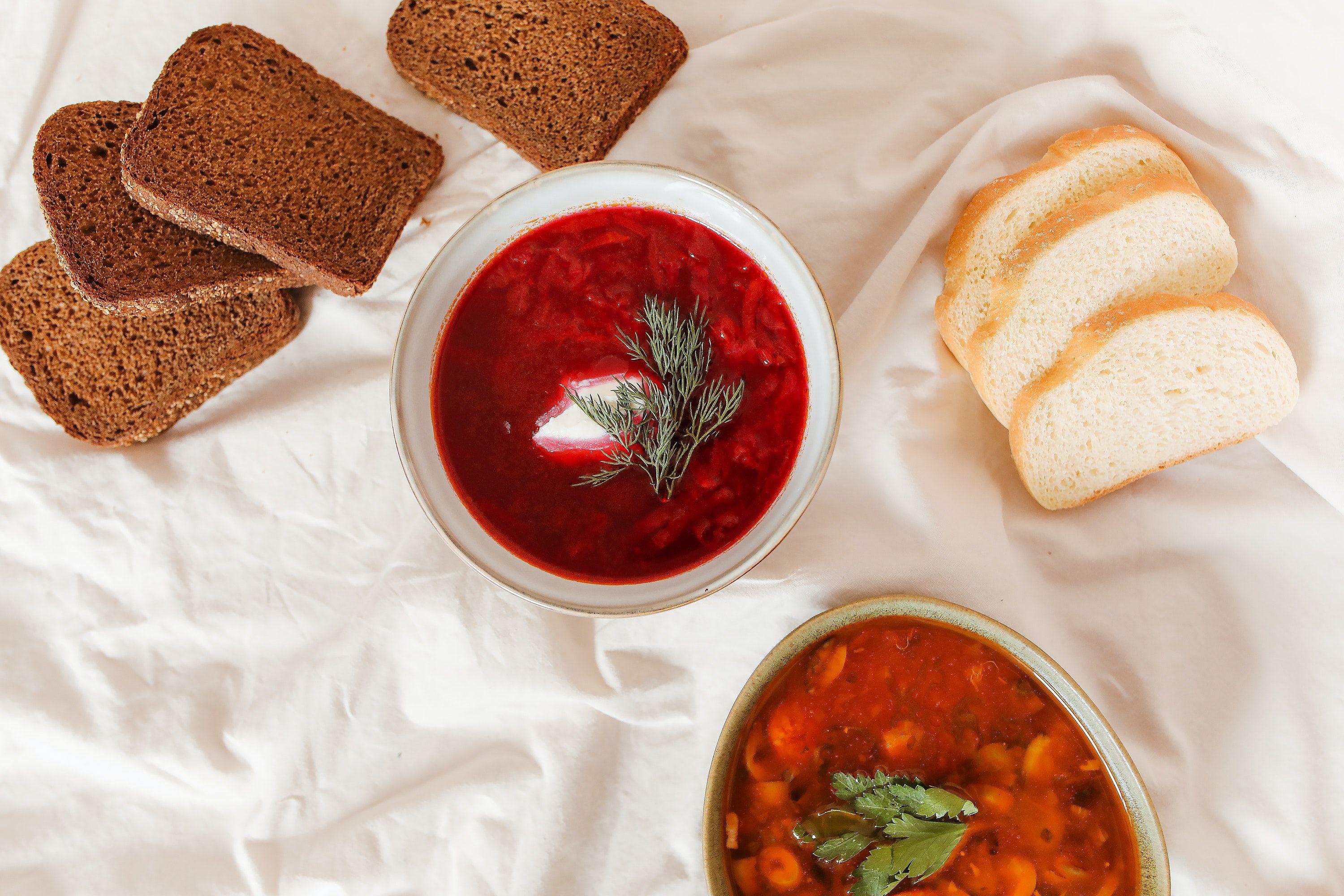The art of the brew tea ceremonies and rituals in Chinese culture
Tea ceremonies and rituals hold a special place in Chinese culture, reflecting the deep respect and appreciation for the art of tea brewing and consumption. These ceremonies, which emphasize skill, artistry, and mindfulness, have evolved over centuries and continue to be cherished as integral aspects of Chinese heritage. In this article, we will explore the significance of tea ceremonies and rituals in Chinese culture, the various elements of a traditional tea ceremony, and the role they play in fostering social connections and contemplation.
The Significance of Tea Ceremonies in Chinese Culture
At the heart of Chinese tea ceremonies is the concept of gongfu cha (功夫茶), which literally translates to "making tea with skill." This approach to tea preparation involves a series of carefully choreographed steps designed to extract the optimal flavor, aroma, and essence from the tea leaves. The tea ceremony is not merely a means of making tea; it is also an opportunity for contemplation, relaxation, and a deepening of one's understanding of the tea itself.
The Chinese tea ceremony is also a social ritual that fosters connections among people. By engaging in the shared experience of tea appreciation, participants are brought together in a moment of harmony and tranquility, transcending the boundaries of social status, age, or background.
Elements of a Traditional Chinese Tea Ceremony
Tea selection: The first step in the tea ceremony involves selecting the tea to be served. This choice depends on factors such as personal preference, the occasion, and the season.
Tea ware preparation: The tea ware, which may include a gaiwan (lidded bowl) or Yixing clay teapot, cups, a tea tray, and other accessories, is carefully selected and cleaned. The choice of tea ware can greatly influence the flavor and presentation of the tea.
Warming the teapot and cups: Hot water is poured over the teapot and cups to warm them, which helps to maintain the temperature of the tea during brewing and enhances the release of flavors and aromas.
Measuring and adding the tea leaves: The appropriate amount of tea leaves is measured and placed into the teapot or gaiwan. This step requires an understanding of the specific tea being used, as different teas may require different amounts of leaves.
Rinsing the tea leaves: Hot water is poured over the tea leaves and immediately discarded. This step serves to rinse the leaves, remove any impurities, and awaken the flavors of the tea.
Brewing the tea: The teapot or gaiwan is filled with hot water at the appropriate temperature for the specific tea. The tea is steeped for a precise amount of time, which may vary depending on the type of tea and the desired strength.
Serving the tea: The tea is carefully poured into the cups, ensuring that each cup receives an equal amount of tea and flavor. The tea is then presented to the guests with respect and appreciation.
Appreciating the tea: Participants in the tea ceremony take a moment to appreciate the tea's color, aroma, and flavor before taking their first sip. This step allows them to fully engage with the sensory experience of the tea and savor its complexities.
Tea Ceremonies and Mindfulness
The Chinese tea ceremony is an inherently mindful practice, requiring the full attention and presence of the individual performing it. This focus on the present moment encourages a sense of calm and tranquility, allowing participants to let go of the stresses of daily life and connect more deeply with themselves and others.
Tea ceremonies and rituals are at the heart of Chinese tea culture, encapsulating the nation's deep reverence for the art and appreciation of tea . These ceremonies, steeped in tradition and skill, create an opportunity for participants to immerse themselves in a sensory experience, fostering connections with others and cultivating mindfulness.
In today's fast-paced world, the Chinese tea ceremony serves as a reminder of the importance of taking time to slow down and appreciate the simple pleasures in life. As interest in tea culture continues to grow worldwide, the appreciation for the art of the tea ceremony and its role in fostering connection and contemplation will undoubtedly continue to flourish.
Moreover, the tea ceremony is not only a reflection of Chinese culture but also an avenue for the exchange of ideas and the sharing of traditions across cultures. As tea ceremonies gain popularity globally, they offer a unique opportunity for people from different backgrounds to come together and engage in a shared experience, promoting understanding and appreciation for one another.

The Chinese tea ceremony is a timeless tradition that transcends boundaries, offering a rich sensory experience and a profound connection to the history and culture of China. By engaging in this age-old ritual, participants are able to appreciate the artistry and skill of tea brewing, while also cultivating mindfulness and fostering connections with others. As the appreciation for tea ceremonies continues to grow, this ancient practice will undoubtedly remain a cherished aspect of Chinese culture, inviting people from all walks of life to partake in its rich and enchanting legacy.
Exploring the vibrant world of culinary delights, Gastronomy.space offers readers a journey into flavors, techniques, and the stories behind every dish.
